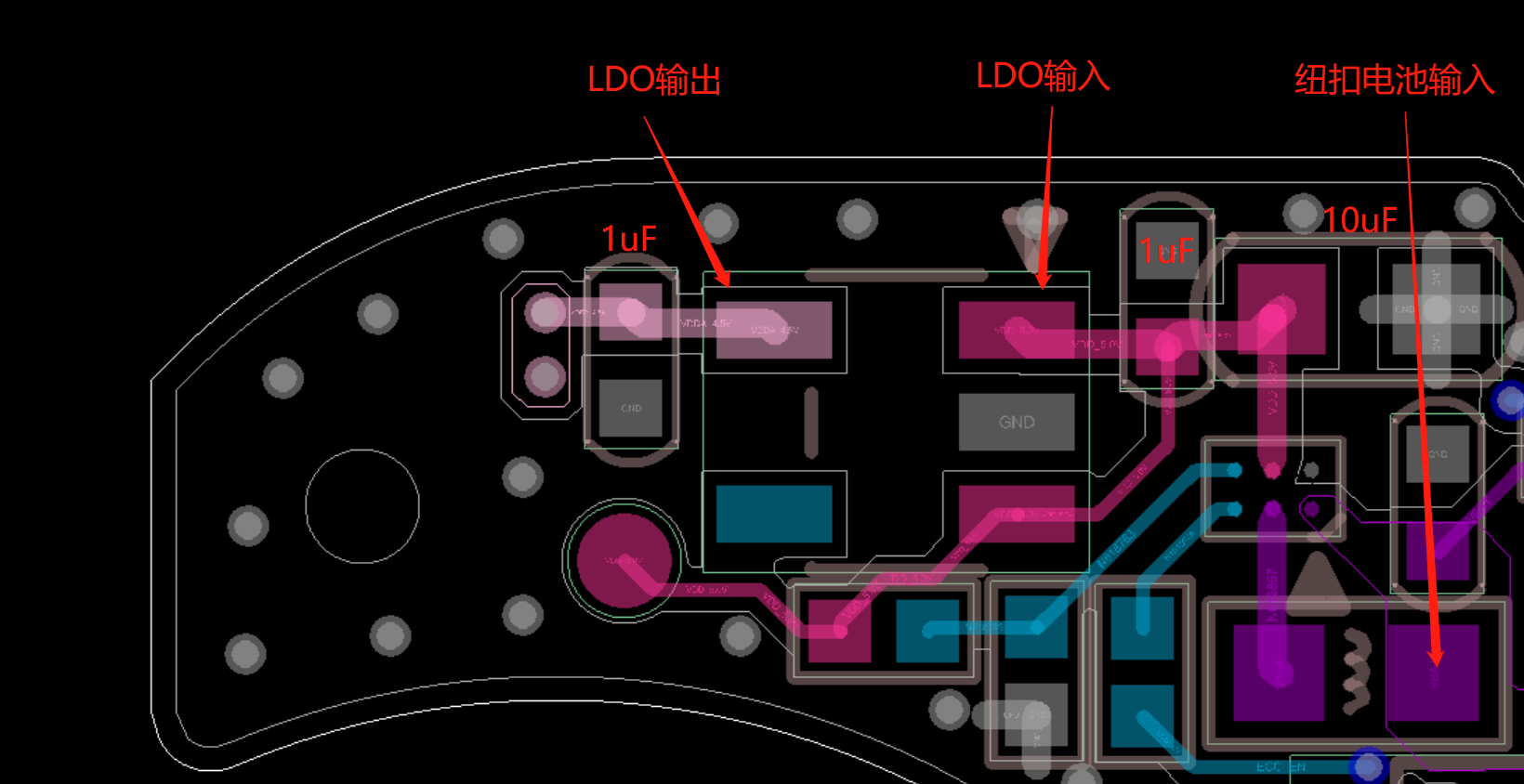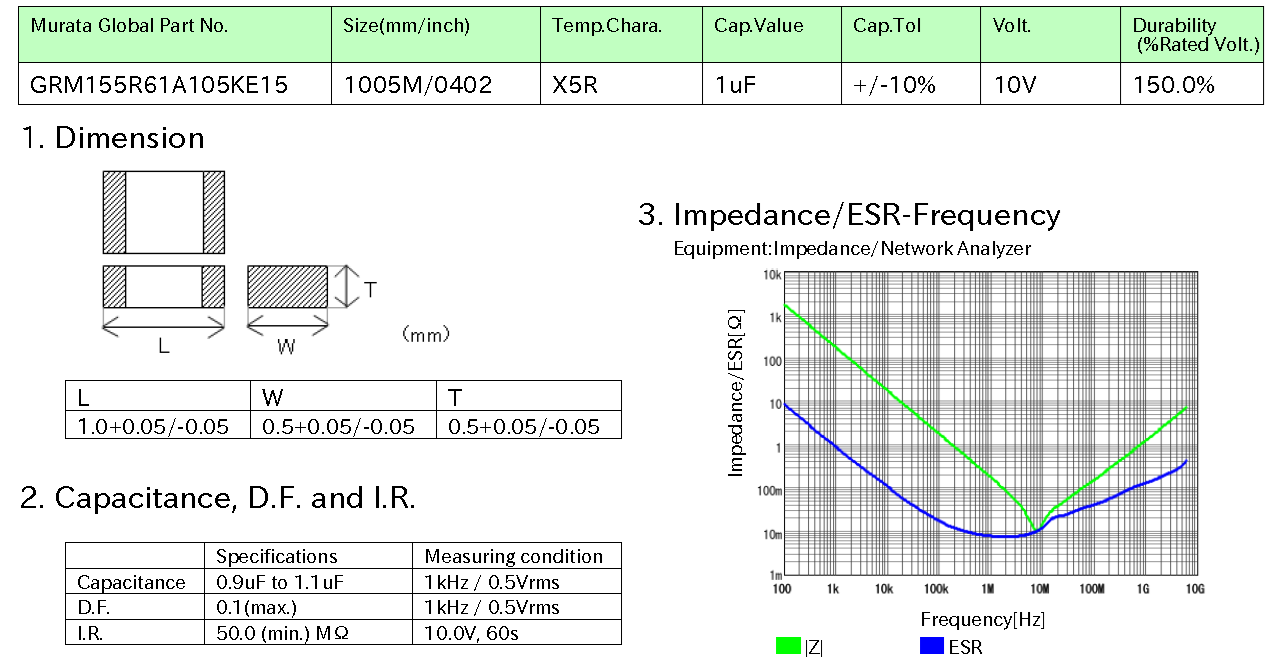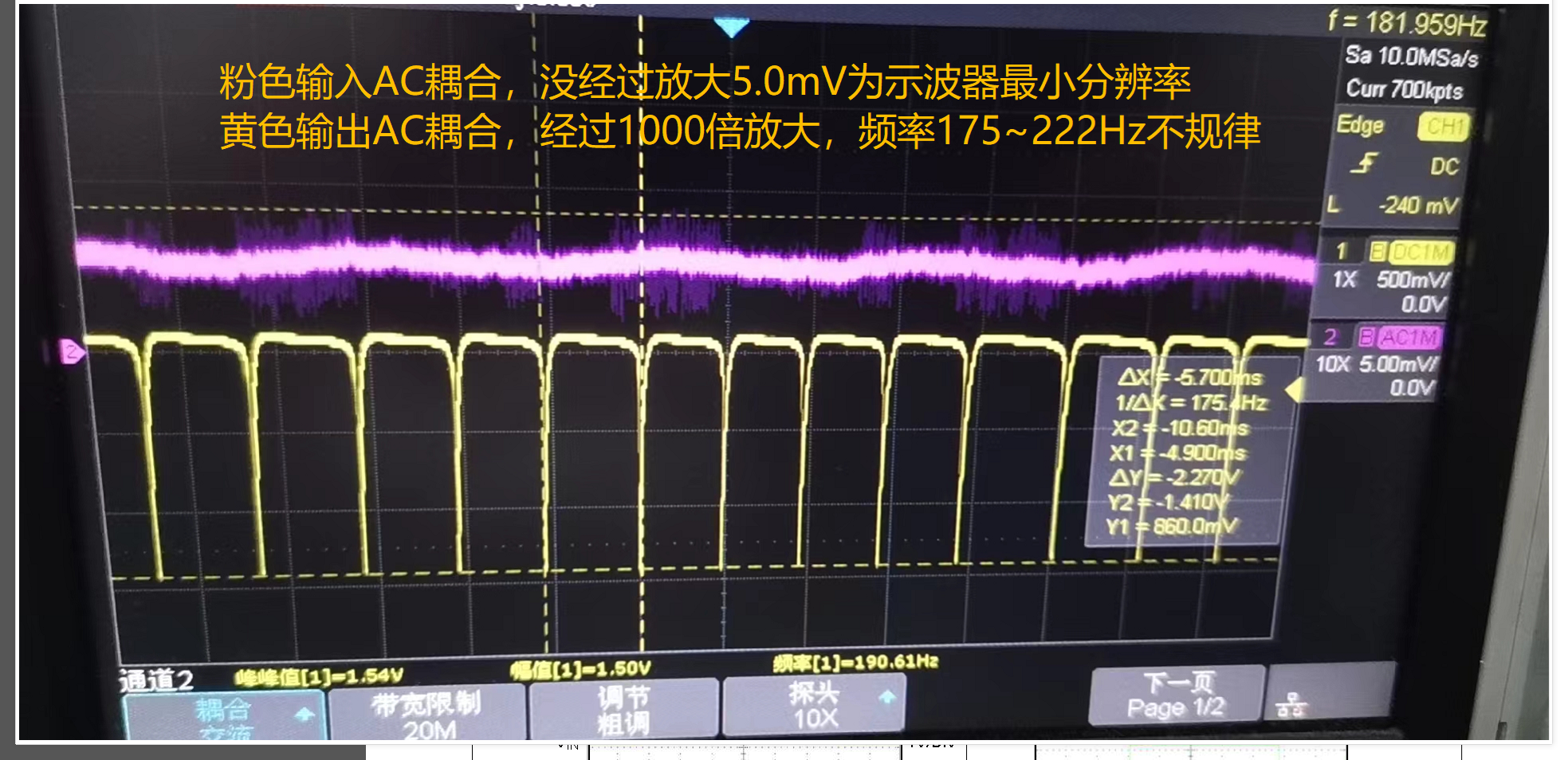Other Parts Discussed in Thread: TPS7A20
Dear Expert
We use 5V DC input or battery 5.5V input test that the output 4.5V in no load, light load condition output ripple is high ,about 2.5mV .
These failure rate is about 6%,we change the IC ,the failure is gone!
No load output waveform:

Light load wavefrom:
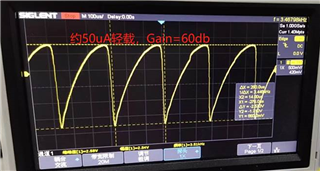
The ripple:
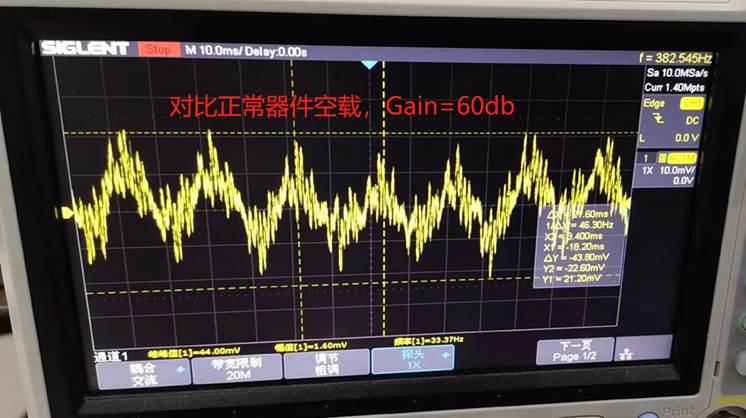
The pcb and sch:

